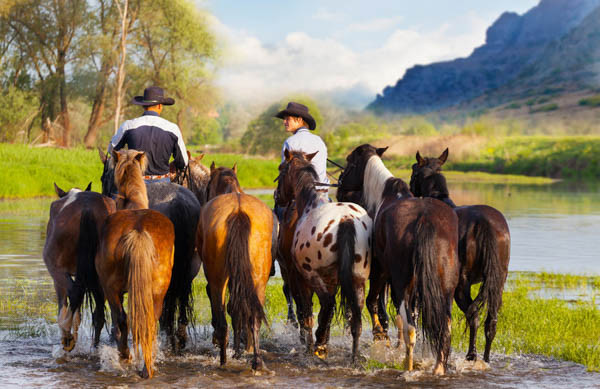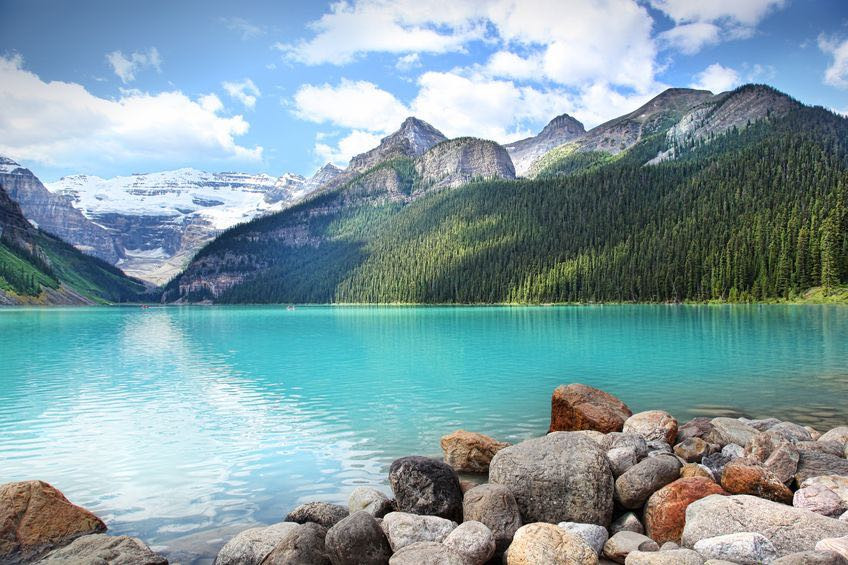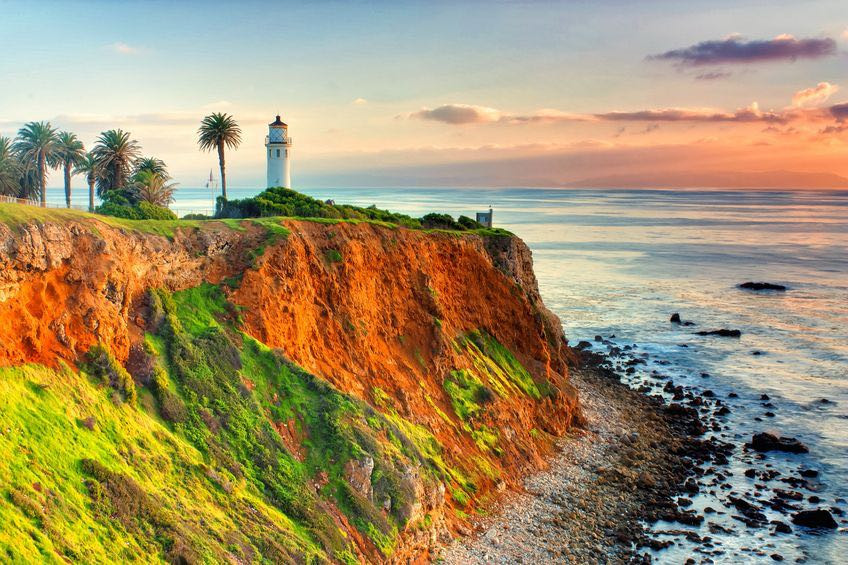North America - The Best Plants to Grow in Your Garden
Selecting plants for a garden in North America involves understanding the diversity of climate, weather, and hardiness zones across the continent. Here are some considerations:
- Hardiness Zones: The United States and Canada are divided into hardiness zones based on average minimum winter temperatures. The USDA Hardiness Zone Map and the Canadian Plant Hardiness Map can help you identify the zone you live in and choose plants that can survive in your area’s climate.
- Climate: North America’s climate varies significantly from north to south and from coast to coast. Northern regions experience harsh winters and mild summers, while southern areas can be subtropical or tropical with mild winters and hot summers. Coastal regions often have milder climates than inland areas due to the moderating influence of the ocean. Understanding your specific climate will help you select plants that will thrive.
- Weather: Consider your local weather patterns. Some areas experience regular drought conditions, others have abundant rainfall, while others may have a risk of frosts even during the growing season. Plants should be chosen with these factors in mind.
- Soil: Soil type can vary significantly across North America, affecting which plants will thrive. It’s crucial to know your soil type (sand, silt, clay, or loam) and its pH level.
- Native Plants: Consider using native plants in your garden. These plants are adapted to your local climate and soil conditions and are often more resistant to local pests and diseases.
- Purpose: Finally, consider the purpose of the plants. Are they for a vegetable garden, a flower garden, or a wildlife habitat? This can affect your choices as well.
Understanding your local conditions and plant hardiness zones is the first step to a successful garden in North America.



